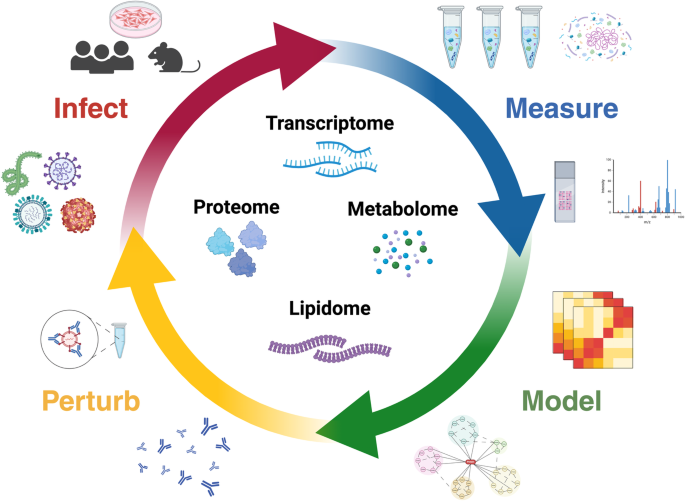2024-03-27 ジョージア大学 (UGA)
<関連情報>
- https://newswire.caes.uga.edu/story/10391/covid-tea.html
- https://link.springer.com/article/10.1007/s12560-023-09581-0
唾液中の感染性SARS-CoV-2を迅速に不活化する市販茶のスクリーニング Screening Commercial Tea for Rapid Inactivation of Infectious SARS-CoV-2 in Saliva
Julianna N. Morris & Malak A. Esseili
Food and Environmental Virology Published:31 January 2024
DOI:https://doi.org/10.1007/s12560-023-09581-0

Abstract
SARS-CoV-2 infects the oral mucosa and is shed in salivary fluids. Traditionally, tea has been used by various cultures to treat respiratory ailments. The objective of this study was to identify commercially available teas that can rapidly inactivate infectious SARS-CoV-2 in saliva. Initially, tea (n = 24) was prepared as 40 mg/mL infusions and incubated with SARS-CoV-2 resuspended in water, for 5 min at 37 °C. Then, five teas that showed >3 log reduction in virus infectivity were further investigated at 40 and 10 mg/mL infusions for 60 and 10 s contact time with SARS-CoV-2 resuspended in saliva. Tea polyphenols were measured using the Folin-Ciocalteu assay. SARS-CoV-2 infectivity was quantified on Vero-E6 cell line using TCID50 assay. At 10 mg/mL infusion, black tea showed the highest reduction (3 log, i.e., 99.9%) of infectious SARS-CoV-2 within 10 s. Green, mint medley, eucalyptus-mint, and raspberry zinger teas showed similar inactivation of SARS-CoV-2 (1.5–2 log, i.e., 96–99% reduction). At 40 mg/mL infusions, all five teas showed >3 log reduction in virus infectivity within 10 s. Tea polyphenol but not pH was significantly correlated to virus reduction. Time-of-addition assay revealed that the five teas displayed preventive effects (0.5–1 log, i.e., 68–90% reduction) against SARS-CoV-2 infection of Vero-E6 cells as well as during post-virus infection (1.2–1.9 log, i.e., 94–98%). However, the highest inhibitory effect was observed when the teas were added at the time of virus infection (2–3 log, i.e., 99–99.9%). Our results provide insights into a rapid at-home intervention (tea drinking or gargling) to reduce infectious SARS-CoV-2 load in the oral cavity which might also mitigate infection of the oral mucosa.


